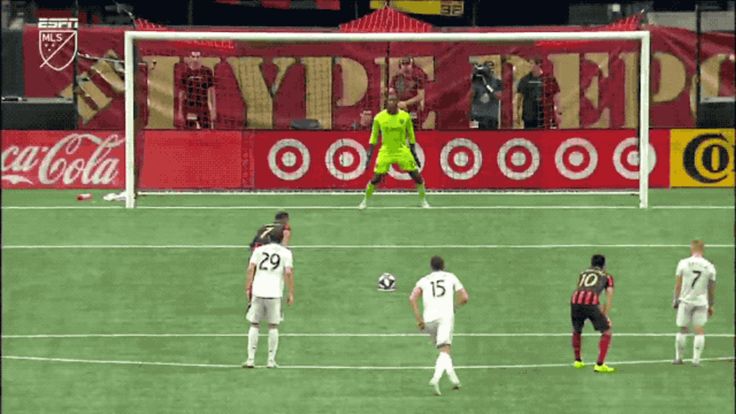5v5 football, also known as five-a-side football, is a fast-paced and highly engaging variation of the traditional 11-a-side game. Whether you’re new to the sport or a seasoned player looking to understand its specific rules, this guide covers everything from pitch dimensions to tactical differences. Understanding the rules is key to enjoying and excelling in this dynamic format of the beautiful game.
Introduction to 5v5 Football
5v5 football has gained popularity across the globe for its intensity, simplicity, and accessibility. It’s played on a smaller field with fewer players, making it perfect for quick matches in urban settings or casual competitions. Knowing the basics is crucial to making the most of your time on the pitch.
What is 5v5 Football?
5v5 football is a small-sided version of soccer featuring two teams of five players each, including goalkeepers. The game emphasizes technical skills, quick decision-making, and close-quarters teamwork. Unlike the traditional game, it’s typically played indoors or on artificial turf.
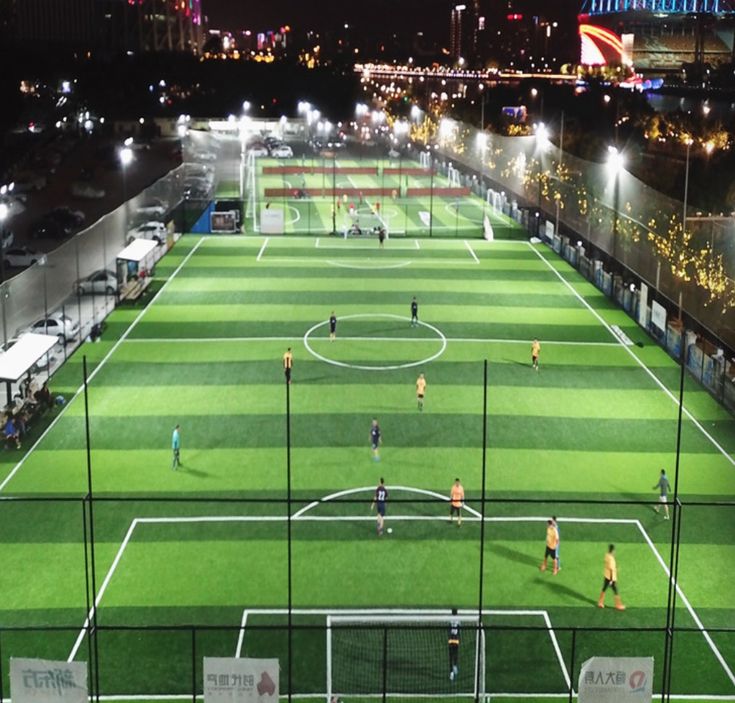
Growing Popularity of Small-Sided Games
Small-sided formats like 5v5 have become incredibly popular in recent years due to their suitability for urban areas and recreational leagues. These formats promote more ball touches per player and allow for greater involvement in the game, which is especially beneficial for skill development among youth and amateur players.
Key Differences Between 5v5 and 11-a-side Football
While both versions share the same core rules of football, there are significant differences in gameplay, tactics, and structure. Understanding these variations is essential for players transitioning between formats or organizing matches that adhere to standard 5v5 regulations.
Field Size and Player Count
In 5v5 football, the pitch is much smaller—usually around 40m x 30m—and each team fields only five players. This contrasts with the full-sized 11-a-side pitch and squad, drastically changing the pace and spacing of the game.
Game Duration and Intensity
5v5 matches are typically shorter, often lasting 20–25 minutes per half, but they are more intense due to continuous play and fewer stoppages. The smaller area and fewer players result in constant engagement and higher energy levels throughout the game.
Tactical Adjustments
Traditional formations like 4-4-2 or 3-5-2 don’t apply in 5v5. Instead, teams might adopt a 2-2 or 1-2-1 formation. Emphasis is placed on positioning, quick transitions, and tight defensive structures due to the limited space and high tempo of the game.
Standard 5v5 Football Pitch Dimensions
The dimensions and markings of a 5v5 football pitch differ significantly from standard pitches, designed to encourage continuous play and maintain fair conditions. Organizers and players should adhere to these standard measurements for a consistent playing experience.
Official Pitch Measurements
A standard 5v5 pitch typically measures 40 meters in length and 30 meters in width. The center circle is about 3 meters in radius, and goal areas are usually marked within a 6-meter arc around each goal. These compact dimensions facilitate faster gameplay and encourage skillful footwork.
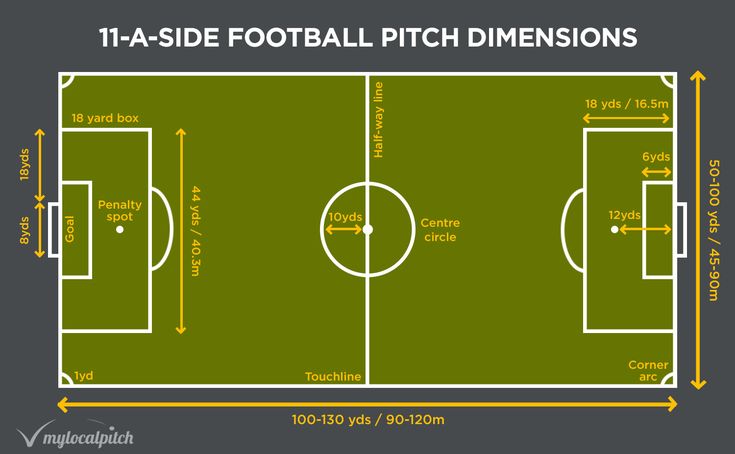
Goalpost and Marking Guidelines
The goalposts in 5v5 football are smaller, usually measuring 3 meters wide by 2 meters high. The field includes clear boundary lines, a penalty spot (usually 6 meters from goal), and corner arcs to standardize set-piece execution. These markings help ensure a fair and regulated match environment.
Team Composition and Substitution Rules
Understanding how teams are structured and how substitutions work in 5v5 football is vital for fair and fluid gameplay. These rules ensure that all players have the opportunity to contribute while maintaining the intensity of the match.
Number of Players on Field
Each team must have five players on the field at any given time, including one designated goalkeeper. If a team cannot field at least four players, the match is typically forfeited or postponed, depending on tournament or league regulations.
Rules for Rolling Substitutions
5v5 football allows for rolling substitutions, meaning players can be substituted multiple times during a match without stopping the game. Substitutions must be made from a designated area and only when the outgoing player has fully exited the field. This flexibility helps maintain player energy levels and keeps the tempo high.
Match Duration and Game Format
The structure of a 5v5 football match is streamlined for pace and convenience. Shorter halves and clear time rules help organize games efficiently, especially in league or tournament settings.
Typical Match Length
A standard 5v5 match consists of two halves, each lasting between 20 to 25 minutes. Some leagues may adopt slightly different timings, but games rarely exceed 30 minutes per half. The short duration demands quick decision-making and high endurance.
Half-Time Breaks and Extra Time Scenarios
There is usually a 5-minute break between halves. In knockout competitions or finals, if the match ends in a draw, extra time of 5 minutes per half may be played. If the result is still undecided, the game proceeds to a penalty shootout.
Ball In and Out of Play Rules
Just like in full-size football, the ball is only in play when it’s within the boundaries of the pitch. However, 5v5 introduces some variations in how play is restarted after the ball goes out, aimed at maintaining game flow and reducing time wastage.
Sideline Restarts: Throw-ins vs. Kick-ins
Unlike traditional football, many 5v5 rulesets allow kick-ins instead of throw-ins when the ball goes out along the sidelines. Players must place the ball on the line and play it within 4 seconds to resume action. However, some leagues still allow throw-ins depending on local rules.
Goal Kicks and Corner Kicks
When the attacking team plays the ball over the goal line (not scoring a goal), the defending team resumes play with a goal kick taken by the goalkeeper. Corner kicks are taken from the corner arc and must be executed quickly to maintain the game’s rhythm.
Offside Rule in 5v5 Football
The offside rule, a cornerstone of 11-a-side football, is often a point of confusion when transitioning to small-sided games. Fortunately, 5v5 football simplifies this aspect significantly.
Is There an Offside Rule?
In most 5v5 football formats, the offside rule does not apply. This simplifies gameplay and encourages attacking football, as forwards can position themselves freely without worrying about being penalized for offside.
How the Absence Affects Gameplay
The lack of an offside rule leads to faster-paced matches with more scoring opportunities. Defenders must adapt by maintaining awareness and marking opponents more tightly to prevent goal-hanging or cherry-picking tactics.
Fouls and Misconduct
To keep the game fair and safe, 5v5 football enforces strict rules around fouls and player conduct. While physical contact is inevitable, excessive or dangerous play is penalized promptly.
Common Infractions
Typical fouls in 5v5 include slide tackles (often prohibited), shirt-pulling, obstruction, pushing, and reckless challenges. Verbal abuse or unsportsmanlike behavior may also be punished depending on league rules.
Yellow and Red Card Guidelines
Players who commit persistent or serious offenses may receive yellow or red cards. A yellow card is a warning and may result in a temporary sin-bin (e.g., 2–5 minutes off the pitch), while a red card results in immediate dismissal. Teams are not allowed to replace a red-carded player for a set period or for the remainder of the game, based on the severity and competition rules.
Goalkeeper-Specific Rules
The role of the goalkeeper in 5v5 football is critical, with unique rules governing their movements and interactions with the ball. These rules ensure fairness and flow within the compact game environment.
Goalkeeper Area Restrictions
Goalkeepers are usually confined to a designated penalty area. In most formats, only the goalkeeper is allowed inside this area, and players are penalized if they enter or interfere illegally. Similarly, goalkeepers may be restricted from leaving their area, depending on league rules.
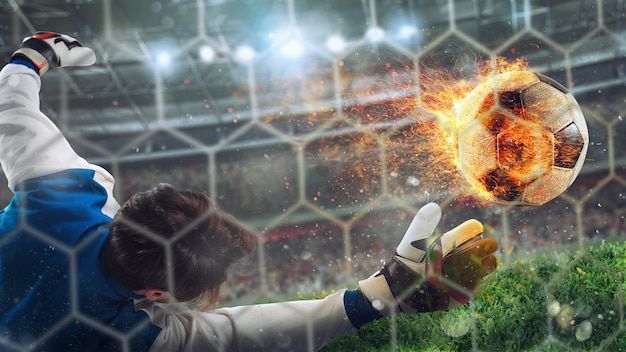
Ball Handling and Distribution Rules
Goalkeepers can handle the ball only within their area. They often have a 4- to 6-second limit to distribute the ball once they gain possession. Some variations allow distribution by throw, roll, or kick, but long throws or kicks over the halfway line without bouncing may be restricted.
Free Kicks, Penalties, and Set Plays
Set plays are a vital component of 5v5 football, offering structured opportunities to change the flow of the game. Understanding how to properly execute and defend against them can provide a competitive edge.
Direct vs. Indirect Free Kicks
Most fouls in 5v5 result in a direct free kick, meaning a player can shoot directly at goal without the ball needing to touch another player. Indirect free kicks—where the ball must touch a second player before a goal can be scored—are awarded for non-penal infractions such as back-passes to the goalkeeper, time-wasting, or improper substitutions.
Penalty Shootout Format
If a knockout match ends in a draw and extra time fails to produce a winner, a penalty shootout decides the outcome. Each team typically selects three to five players to take shots from the penalty mark, and the team with the most successful conversions wins. Goalkeepers must stay on the line until the ball is struck.
Equipment and Kit Requirements
Proper equipment not only ensures player safety but also helps maintain the game’s integrity. From footwear to ball specifications, 5v5 football follows guidelines that are slightly adapted from traditional formats.
Player Gear Guidelines
All players must wear appropriate kits, including team jerseys, shorts, shin guards, and turf or futsal shoes, depending on the playing surface. Jewelry and watches are typically prohibited for safety reasons, and referees may inspect gear before the match begins.
Ball Specifications
The official ball used in 5v5 football is usually a size 4 or futsal-specific ball with reduced bounce, especially for indoor or hard court play. This helps maintain control and encourages ground-based play, which is ideal for small-sided matches.
League and Tournament Variations
While the core rules of 5v5 football are generally consistent, different leagues and tournaments may adopt slightly modified regulations based on competition level, age group, or location.
Variations in Local and International Rules
Some leagues may allow goalkeepers to leave their area, enforce different substitution rules, or use throw-ins instead of kick-ins. Internationally, rules may also be influenced by organizations like FIFA, UEFA, or futsal-specific federations, especially in professional or sanctioned competitions.
Notable 5v5 Tournaments Worldwide
5v5 football is played competitively across the globe, with notable tournaments including the Red Bull Neymar Jr’s Five, the F5WC (Five-a-side World Championships), and local league cups. These events not only showcase elite talent but also foster grassroots development and community engagement.
Tips for Playing 5v5 Football Effectively
Success in 5v5 football isn’t just about physical ability—it’s also about smart positioning, teamwork, and adaptability. Implementing proven tactics can dramatically improve your performance on the pitch.
Key Strategies for Success
Effective communication, quick passing, and maintaining a solid defensive shape are crucial in 5v5. Players should focus on creating space, using the walls (if indoor), and rotating positions to confuse opponents. Always play with intensity but also with strategic awareness.
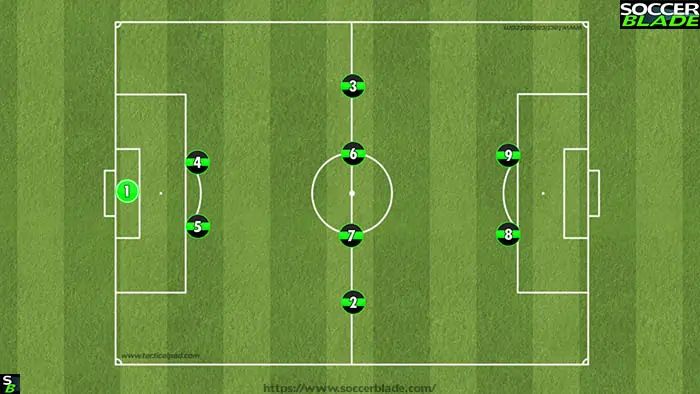
Common Mistakes to Avoid
Over-dribbling, poor defensive transitions, and failing to track back are frequent errors. Players often underestimate the importance of off-the-ball movement and tend to crowd the ball. Avoiding these mistakes can set your team apart in tight games.
Safety Guidelines and Fair Play Principles
Maintaining safety and fairness is essential for an enjoyable and injury-free experience. All participants should understand and follow the basic principles of respect, self-control, and awareness on the pitch.
Injury Prevention Tips
Warming up properly, using correct footwear, and staying hydrated are fundamental. Players should also avoid dangerous challenges and respect the physical limits of others to reduce injury risks, especially on hard or indoor surfaces.
Promoting Sportsmanship
Fair play includes respecting the referee’s decisions, helping injured opponents, and avoiding aggressive or disrespectful behavior. Upholding these values enhances the playing environment for everyone involved, whether in casual games or organized leagues.
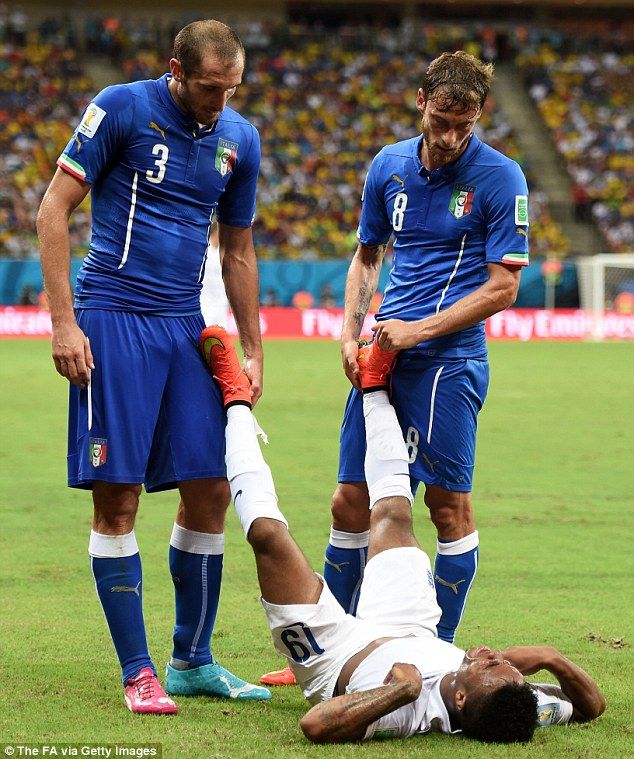
Conclusion: Why Learn the Rules of 5v5 Football?
Understanding the rules of 5v5 football is key to playing effectively, safely, and enjoyably. Whether you’re a weekend warrior or preparing for competitive play, this knowledge gives you a tactical edge and promotes better team cohesion.
Benefits for Players of All Levels
From improving technical skills to enhancing tactical awareness, 5v5 football offers benefits for beginners and experienced players alike. It’s an excellent way to stay active, make friends, and sharpen your football IQ.
Fostering a Better Playing Experience
Knowing the rules fosters respect among players, reduces disputes, and keeps the game flowing smoothly. Ultimately, it helps create a more inclusive and enjoyable environment for everyone who loves the sport.

